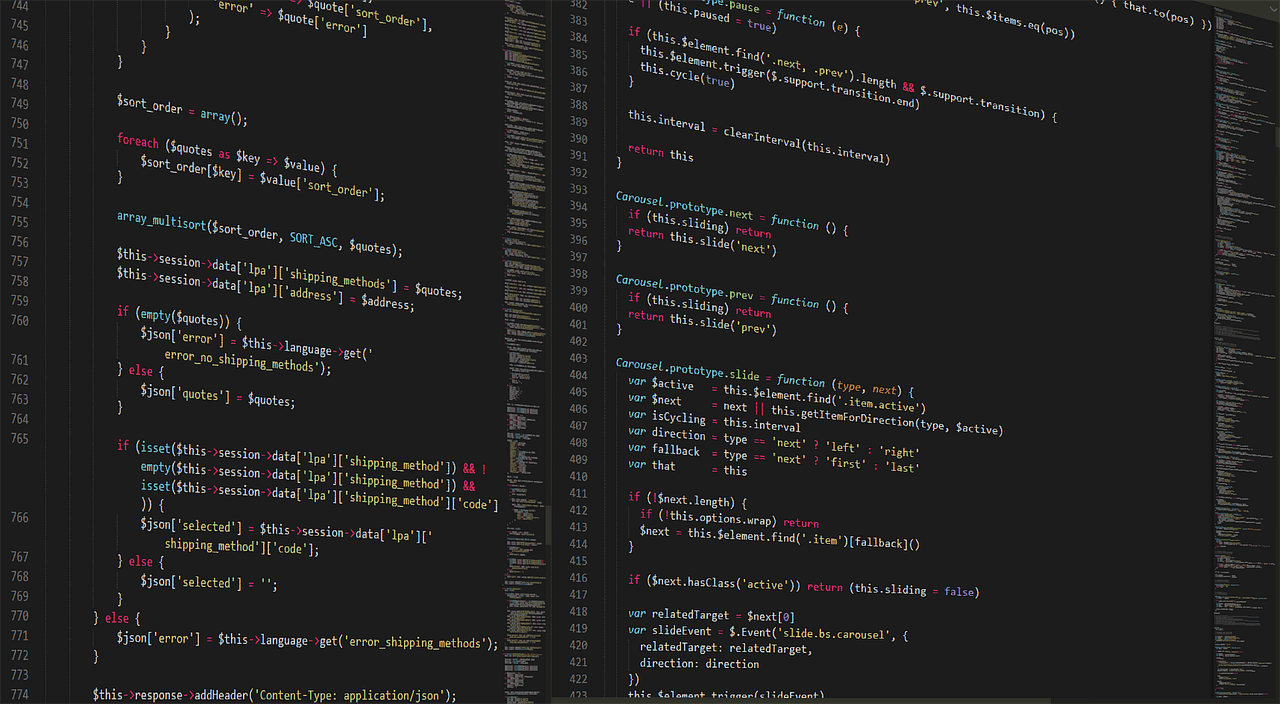Comprehensive Guide to Python Web Development for Beginners
Python web development has gained immense popularity due to its versatility and robust ecosystem. In this guide, we will delve into the essentials of Python web development, exploring the necessary frameworks, setting up your development environment, and offering tips for beginners.
What is Python Web Development?
Python web development refers to creating web applications and websites using the Python programming language. This process encompasses writing server-side logic, handling HTTP requests and responses, managing data storage and retrieval, and rendering dynamic content.
Why Use Python for Web Development?
- Versatility: Suitable for various tasks beyond web applications, such as data analysis and machine learning.
- Ease of Use: Python’s simple syntax makes it an excellent choice for beginners.
- Extensive Libraries: Additional libraries and frameworks, such as Django and Flask, significantly ease the development process.
- Community Support: A large, active community ensures ample learning resources and troubleshooting assistance.
Setting Up Your Development Environment
Steps to Get Started
- Install Python: Download and install the latest version of Python from the official website.
- Choose a Web Framework: Decide on a framework such as Django or Flask that fits your project needs.
- Set Up a Virtual Environment: Use `virtualenv` or Python’s built-in `venv` to create a virtual environment for your project and manage dependencies efficiently.
Top Python Web Development Frameworks
Django
- Features: Comprehensive toolkit including an ORM, authentication, and templating.
- Strengths: Scalability, built-in security features, and adheres to the DRY principle.
- Used By: Instagram, Pinterest, The Washington Post.
Flask
- Features: Minimalistic core with modular components.
- Strengths: Great for beginners due to its simplicity and flexibility.
- Used By: Pinterest (partially), LinkedIn’s learning platform.
Pyramid
- Features: Flexibility and sensible defaults.
- Strengths: Ideal for projects with unique requirements and scalability.
- Used By: Dropbox, Mozilla’s Support Platform, Reddit.
Tornado
- Features: Asynchronous capabilities for high concurrency.
- Strengths: Best suited for real-time applications like chat systems.
Other Notable Frameworks
- Bottle: Minimalistic and conducive for small applications.
- CherryPy: Emphasizes simplicity and flexibility in structuring applications.
- Web2py: Integrated IDE and services for rapid application development.
- TurboGears: Combines components for flexibility and rapid development.
Tips for Learning Python Web Development
- Start with Basics: Familiarize yourself with Python’s syntax and programming concepts.
- Learn a Framework: Choose a framework that suits your needs; Django for complex applications and Flask for smaller ones.
- Practice Through Tutorials: Engage with tutorials and build projects to solidify your understanding.
- Join Online Communities: Communities like Reddit’s r/learnpython can offer support and advice.
- Deploy Your Application: Understand deployment using tools such as Docker and Heroku.
Conclusion
Mastering Python web development opens doors to a variety of career opportunities. By selecting the right framework, setting up your development environment properly, and engaging in learning resources, you can effectively navigate your journey in web development. Be sure to stay up-to-date with trends and best practices, enhancing your knowledge and influence in the field.
For deeper insights, consider checking out our guide on mastering Python web development frameworks or explore the essential tips for beginners.
Python Web Development Projects and Applications
Key Projects
- Project 1: Personal Blog Platform
Create a fully functional blog platform using Django. This project will cover user authentication, CRUD operations for blog posts, and integration of comments.
- Project 2: E-commerce Website
Build an e-commerce website using Flask, incorporating features such as product listings, shopping cart functionality, and payment processing.
- Project 3: Real-time Chat Application
Utilize Tornado to develop a real-time chat application that supports multiple users and displays chat history.
Python Code Examples
Example: Simple Flask Application
from flask import Flask, render_template
app = Flask(__name__)
@app.route('/')
def home():
return render_template('index.html')
if __name__ == '__main__':
app.run(debug=True)
Example: Django Blog Model
from django.db import models
class Post(models.Model):
title = models.CharField(max_length=100)
content = models.TextField()
created_at = models.DateTimeField(auto_now_add=True)
def __str__(self):
return self.title
Real-World Applications
Python web development has numerous real-world applications that demonstrate its utility and relevance:
- Content Management Systems (CMS)
- Data Visualization Platforms: Using Python libraries like Pandas and Matplotlib, developers can create web applications that present complex data in an understandable format.
- Social Networking Apps: Platforms like Instagram and Pinterest utilize frameworks such as Django to support scalable and feature-rich social networking services.
- RESTful APIs: Python makes it straightforward to build APIs that other services or front-end applications can use, enhancing integration potential across platforms.
- Real-Time Applications: With libraries like Tornado or Flask-SocketIO, it’s possible to build applications that need real-time data updates, such as online games or live notifications.
Next Steps
Now that you have a solid understanding of Python web development, it’s time to take your skills to the next level. Start by choosing a specific framework—whether it’s Django for larger projects or Flask for simpler application development.
Consider working on personal projects or contributing to open-source projects to gain practical experience. You can also explore detailed tutorials that delve deeper into your chosen framework. For a broader perspective, check out our complete guide on web development in Python.
Additionally, don’t forget to join online communities to connect with other developers. Engaging in discussions and asking questions can significantly enhance your learning journey. Finally, keep practicing and exploring more advanced topics to solidify your expertise in Python web development.
